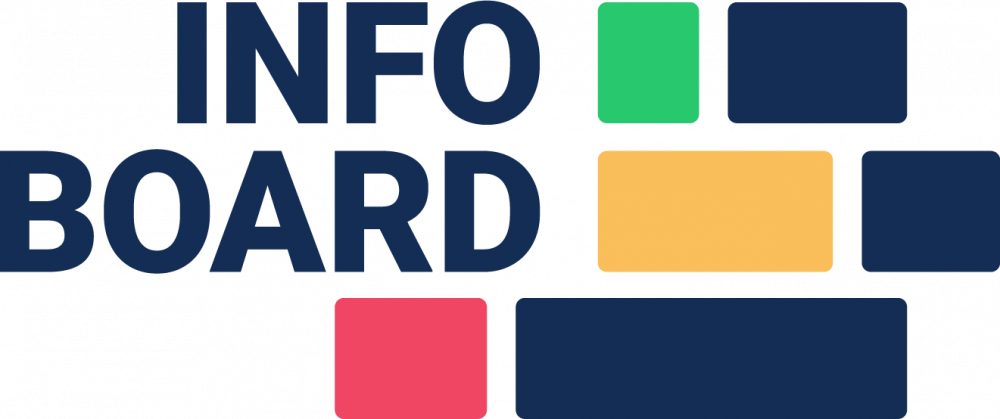The desire of having it all and easily
The visualization of complex planning schemes is already an academic field and expert discipline.
In this post I would like to talk about the reaction that people who manage a type of production characterised by complex procedures have towards infoBoard’s visualization. The situation will be clearer with an example: let’s take a car. Buyers are usually not very interested in the technology used inside but rather in the services that the car offers and in its comfort; it must be comfortable and simple. Also potential infoBoard buyers want to see services and comfort but not in a general description, they prefer to see its complex, often customized resources and examples. The infoBoard newcomer has to render during this dialogue hipothetical big transfer payments to adapt to the forming image to the production fast and to also match it with their personal goals.
Small interruption to tell about the exact opposite experience: a swiss company has all its orders in a tangled MS project. All tasks of all orders had been catalogued under 45 precise and familiar names until year 2021 on our new infoBoard Project Konverter. The newcomer after just 30 seconds can see the result all at once, correctly finished and correctly represented. More than 600 working processes use arrows to show how they are connected to eachother. Do you think that now it is more comprehensible? It is diffcult to represent this because of the great amount of information. Is this the “overview?” (I wondered how far the tasks were from their optimal status. I already considered (had caught) the ERP systems as bad sequence handlers and so now also bad project data handlers.
But let’s go back to the complex production sequences. These are firstly the many constraints that in the USA are known as dynamic scheduling. We set up infoBoard for example fast with sample orders so that it also looks like a “dynamic schedule”. Everything through shift operations? Yes, it looks like it. Now the newcomer is nervous: is there a way to show it in an easier way? Yes, the best way is using the Webapp infoBoard Workbench.
Here we design optimized simple two-dimensional bars side by side and one beneath the other. It took us one year to achieve what we really wanted to acomplish. The implementation developped in 6 weeks.
What does this point of view determine ? It determines how many orders are being processed simultaneously and how big are the time gaps between them (number of rows, number of bars behind and between them). An evaluation of the planning does not folllow (a comparison between net working time and processing time like in the BusinessController value stream mapping and order overview) or a traffic lights- evaluation as a reply to the CCPM question (close to the delivery date or enough puffer for the delivery date? BusinessController application CCPM-Dashboard) is still missing. Nobody can think of something more modern than infoBoard. The opinion of the most newcomers is still that you have to see to understand and to then formulate an opinion (always also formulate the matter of that opinion), to control the result. People are used to use excel to look through a file and check everything is in order and make sure one more time that everything is correct. We live in a “Post Excel” and “Post PowerPoint” era. We are actively forming the present and future of modern, digitalised production managers (Operational Officer).
